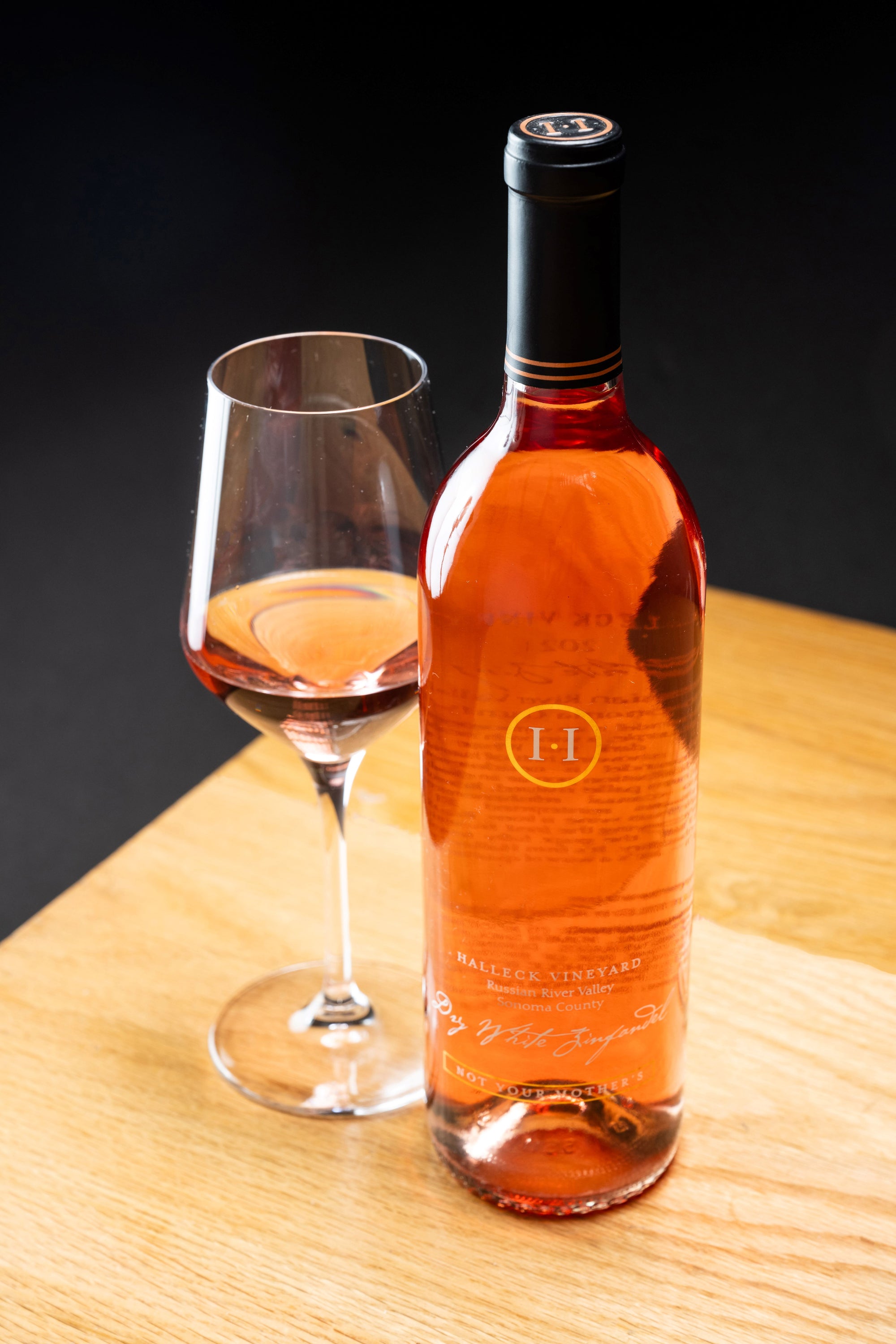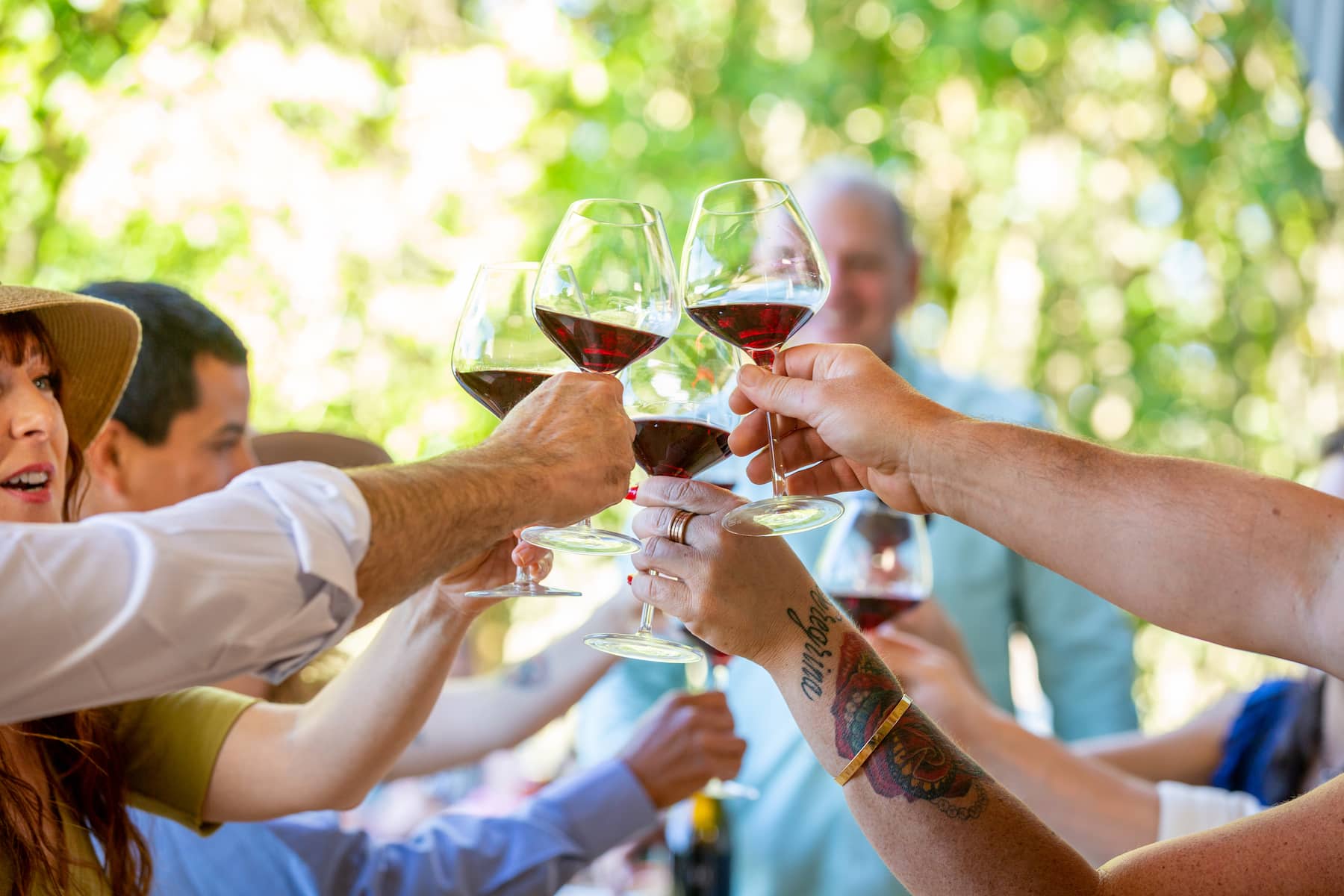Wineries Providing Guided Vineyard Walks - The Charm Of Sonoma Wineries
Wineries Providing Guided Vineyard Walks - The Charm Of Sonoma Wineries
Blog Article
Family Friendly Wineries With Outdoor Spaces - Exploring Sonoma's Wine Landscape
Wine tasting is an art that requires practice and an understanding of various aspects concerned within the course of. One essential factor of wine tasting is the development and interpretation of tasting notes, which serve as a guide for both novices and seasoned connoisseurs. A Guide To Understanding Winery Wine Tasting Notes can enhance your wine-tasting experience, making it extra meaningful and enjoyable.

Tasting notes are concise descriptions that capture the essence of a wine’s flavors, aromas, and overall character. Usually composed by professional tasters, winery tasting notes offer insights into the nuances of assorted wines. They can help wine enthusiasts understand what to anticipate from a selected bottle. However, tasting notes can range broadly in style and detail based mostly on the author's experience and palate.
Best Wineries For Wine Tasting In Sonoma - Wineries With Outdoor Tastings In Sebastopol
When you first approach a glass of wine, your senses will begin to engage right away. The sight, scent, and taste of the wine will converge to provide you an entire experience. Tasting notes generally start with the visual evaluation, where the color of the wine is taken into consideration. Shade performs a significant role in indicating the wine’s age, grape selection, and even its flavor profile.
After assessing the visual aspect, the next step involves swirling the wine in the glass. This action aerates the wine, allowing its aromas to awaken. Smelling the wine supplies critical insight into its complexity. The preliminary sniff can ship a flood of scents that may embody fruity, floral, herbal, or earthy notes. This is commonly probably the most subjective part of tasting, as individual experiences can dramatically differ.
In winery tasting notes, descriptors are often categorized into main, secondary, and tertiary aromas. Primary aromas normally stem from the grape variety, secondary aromas derive from fermentation processes, and tertiary aromas arise from getting older. Understanding these classes may help you recognize the depth of a wine, and so they also provide the vocabulary to precise your experience higher.
Historical Wineries To Visit In Sonoma - Iconic Wineries Of Sebastopol
Following the olfactory encounter, your focus will shift to the taste of the wine. This is the place the first characteristics—sweetness, acidity, tannins, alcohol—come into play. Tasting notes usually detail these flavors in a quantity of dimensions, together with the preliminary assault on your palate to the lingering finish on your tongue. A high-quality wine will current a harmonious steadiness between these components.
While tasting, it's essential to ponder the physique of the wine, which can be described as light, medium, or full. The body contributes considerably to your overall impression, serving to you consider how the wine pairs with food or whether it stands alone as a sipping wine. Balancing the body with the other traits will give you a fuller understanding of what the wine has to offer.
The finish of the wine, also referred to as the aftertaste, is another important facet usually included in tasting notes. A lengthy, pleasant end often signifies a better high quality wine, while a brief or cloying aftertaste might counsel otherwise. Evaluating the end can offer additional insight into the wine's complexity and distinction.
Understanding the context of winery tasting notes can be valuable. Tasting notes can present contextual information about the winery's location, climate, and grape-growing practices. This context provides another layer of appreciation for the wine, allowing enthusiasts to attach the sensory experience with its origins, thus enhancing the enjoyment further.
Wineries In The Heart Of Sonoma County Wine Region - Vineyard Visits And Wine Tasting In Sonoma
Many his explanation wineries present tasting notes on their web sites or labels, often written in an approachable yet informative style. Nonetheless, not all winery tasting notes are created equal. Some could additionally be overly technical, while others might prioritize advertising aptitude over insightful analysis. Studying to navigate these notes can arm you with the knowledge to make informed choices when deciding on wines.
Participating in tastings at wineries also can deepen your understanding of wine tasting notes. Interacting with knowledgeable workers may give you a extra hands-on approach to exploring different wines and the language used to describe them. Wineries Offering Virtual Wine Tastings. You May have the opportunity to ask questions, engage in discussions, and doubtlessly refine your palate in actual time.
Experimentation is important for mastering wine tasting notes. As you sample completely different wines, strive making your personal notes. Focus on describing the wine’s color, aroma, style, and end. Over time, you’ll develop a personal vocabulary that resonates along with your sensory experiences. Every note you create will help refine your palate, allowing you to understand wines at a deeper degree.
Wineries Ideal For Romantic Getaways - A Visit To Sebastopol Wineries
In conclusion, a Guide To Understanding Winery Wine Tasting Notes presents a complete framework for diving into the world of wines. It equips you with the methods and language essential to articulate your experiences. Whether Or Not you're a informal drinker or a devoted aficionado, understanding and utilizing tasting notes can profoundly influence your wine journey. This information not only enhances your enjoyment but also connects you deeply with the rich narratives every bottle tells. By embracing this journey, you turn into a part of the gorgeous mosaic of wine tradition, where every sip unveils a brand new story waiting to be found.
- Wine tasting notes usually embody quite lots of sensory descriptions, including aroma, flavor, acidity, body, and end, permitting tasters to totally respect the wine's characteristics.
- To enhance your understanding, familiarize yourself with frequent wine terminology corresponding to "tannins," "oakiness," or "terroir," which may help decipher the notes more effectively.
- A systematic approach to tasting entails first visually assessing the wine's color and readability, followed by swirling to release aromas, then inhaling and describing what you experience.
- Taking notes during tasting can help establish patterns over time, bettering your palate and making it simpler to recall preferences for future choices.
- Don't overlook the affect of food pairings; tasting notes can differ tremendously when a wine is loved with complementary flavors, altering perception and enjoyment.
- Pay consideration to the wine’s vintage, as weather conditions in a given yr can significantly affect the ultimate product, adding another layer to the tasting notes.
- Contemplate the winemaker's style and philosophy, which may shape the wine's profile and impression how its notes evolve with every sip.
- Practicing with completely different grape varieties can broaden your vocabulary; every type brings distinctive traits that can improve your ability to articulate tasting notes successfully.
- Partaking with wine professionals or attending tasting events can present useful insights, offering a richer context for understanding personal tasting notes.
- Bear In Mind that tasting is subjective; individual preferences and experiences will form one’s interpretation of the same wine, enriching the overall enjoyment of wine Your Domain Name exploration.
What are wine tasting notes?
Wine tasting notes are descriptive feedback made by tasters concerning the look, aroma, taste, and finish of a wine. They present an overview of the wine's characteristics and may help consumers understand the style and high quality of the wine.
Wine Tasting Experiences With Local Cheese - Sonoma County's Best Wine Experiences
Why are tasting notes necessary when deciding on wine?
Tasting notes can guide you in choosing a wine that fits your palate. They present insights into flavors and aromas, helping you to match wines with food or occasions. Understanding these notes enhances your total wine experience.
How should I read wine tasting notes?
(Wineries With Beautiful Architecture)
Good Wineries For Large Groups In Sonoma Valley - Tasting Experiences In Sebastopol Vineyards

When reading wine tasting notes, take note of the construction: look for descriptions of colour, aroma, flavor, and end. This will help you grasp the wine's profile and determine if it aligns together with your preferences.
What phrases commonly appear in wine tasting notes?
Frequent phrases embrace "tannin" (the structure), "acidity" (the crispness), "physique" (the weight), and numerous flavor descriptors like "fruity," "earthy," or "spicy." Familiarizing your self with these terms can deepen your understanding of wine.
Unique Wine Blending Experiences In Sonoma - Vineyards In The Sonoma Region

Am I Able To create my very own tasting notes?
Yes! Writing your individual tasting notes can improve your wine tasting experience. Focus in your observations of taste, aroma, and other sensory characteristics. This personal practice can help you refine your palate over time.
How do I identify the aromas in wine tasting notes?
Wineries With Estate-Grown Grapes - Best Winery Located In Sonoma
To determine aromas, practice smelling quite so much of scents and associating them with wines. Swirl the wine in your glass to release its aromas, then take a moment to breathe in deeply before identifying any outstanding scents.
What is the distinction between professional and personal wine tasting notes?
Professional tasting notes might use extra technical language and specific terminology, whereas personal tasting notes are subjective and replicate individual experiences. Each are priceless for understanding and enjoying wine, however personal notes could resonate more together with your distinctive tastes.
How can tasting notes enhance my wine appreciation?
Sonoma's Top Sparkling Wine Producers - The Charm Of Sonoma Wineries
Tasting notes can improve your appreciation by serving to you to know and articulate the complexities of wine. They encourage aware tasting and supply a framework for comparing totally different wines, leading to a richer enjoyment of the beverage.
Are there any apps or tools to help with wine tasting notes?
Yes, there are several apps designed to assist customers report and manage their tasting notes. These instruments typically supply features like flavor wheel guides and wine database searches, making it easier to trace your journey by way of completely different wines. Report this page